Chinatown in Surabaya, locally known as "Kampung Pecinan," is a vibrant district that reflects the city’s deep historical connections with the Chinese community. Situated in the North Surabaya region, this neighborhood is one of the oldest and most culturally significant parts of the city. With its rich history, lively markets, and traditional Chinese architecture, Chinatown is a symbol of the enduring legacy of the Chinese Indonesian community in East Java.
The History of Chinatown in Surabaya
Origins of Chinatown in Surabaya
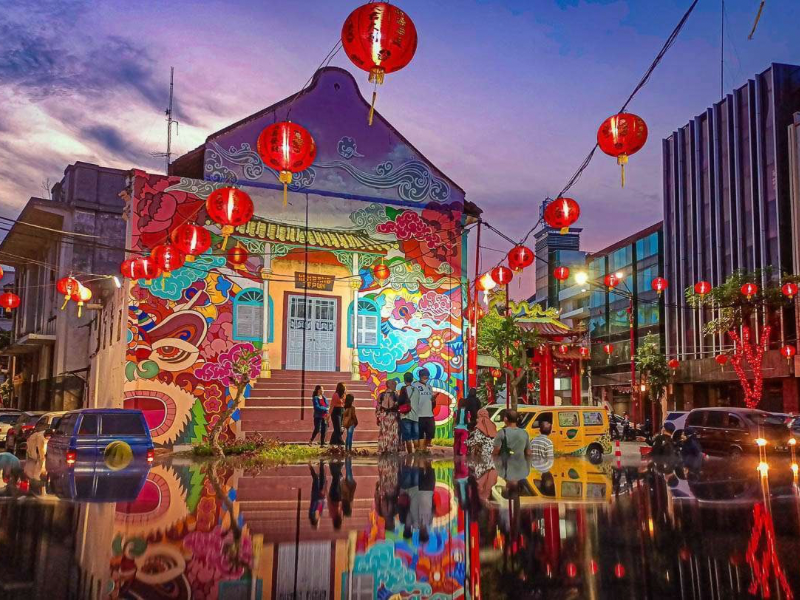
Chinatown’s history in Surabaya dates back to the 13th century when Chinese merchants arrived in Java for trade. The area began to grow significantly during the colonial period, as Surabaya became a key port city under Dutch rule. Many Chinese immigrants settled in what is now Chinatown, drawn by economic opportunities and the strategic location near the port. Over time, the community flourished, establishing temples, businesses, and homes that reflect their cultural heritage.
Location and Layout
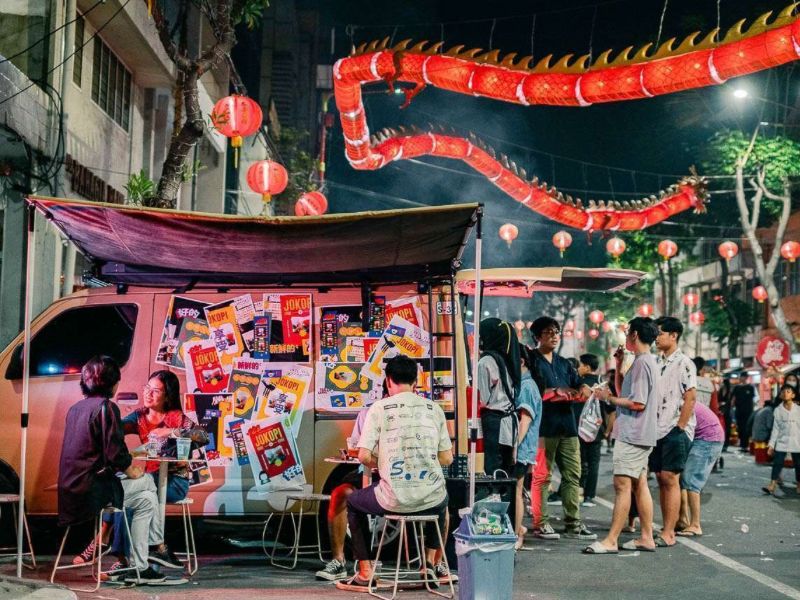
Surabaya's Chinatown is located in the northern part of the city, primarily around Jalan Kembang Jepun and its surrounding streets. This area is easily recognized by its traditional Chinese-style architecture, red lanterns, and bustling markets. The streets are narrow and lined with shophouses, many of which are centuries old, giving the district its unique charm. Chinatown’s central location also makes it a bustling hub for trade and commerce.
Economic Activities and Livelihood
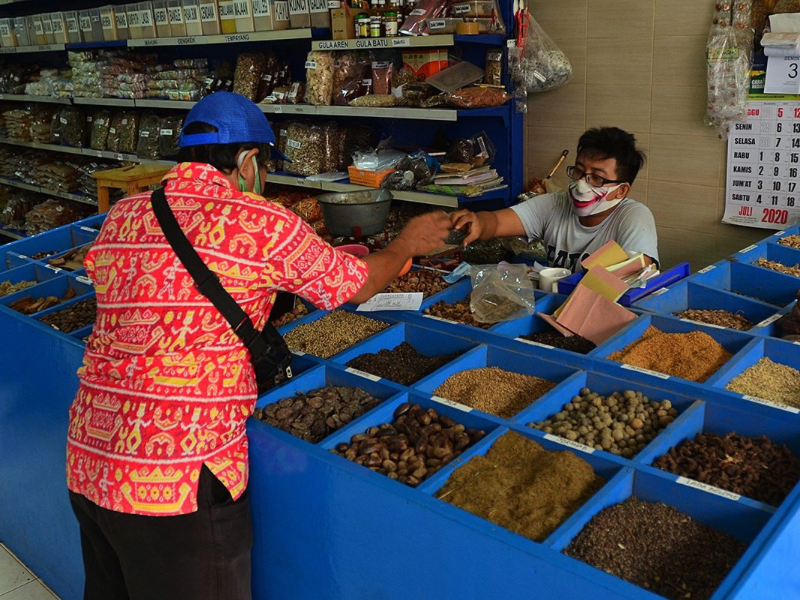
Chinatown in Surabaya has long been a center of economic activity. Historically, Chinese settlers established businesses specializing in textiles, herbal medicine, and food. Today, the area remains a bustling commercial district, with shops selling a wide range of goods, including traditional Chinese remedies, & spices. Many residents are also involved in culinary businesses, running restaurants and street food stalls that serve authentic Chinese Indonesian dishes.
Religious and Cultural Landmarks
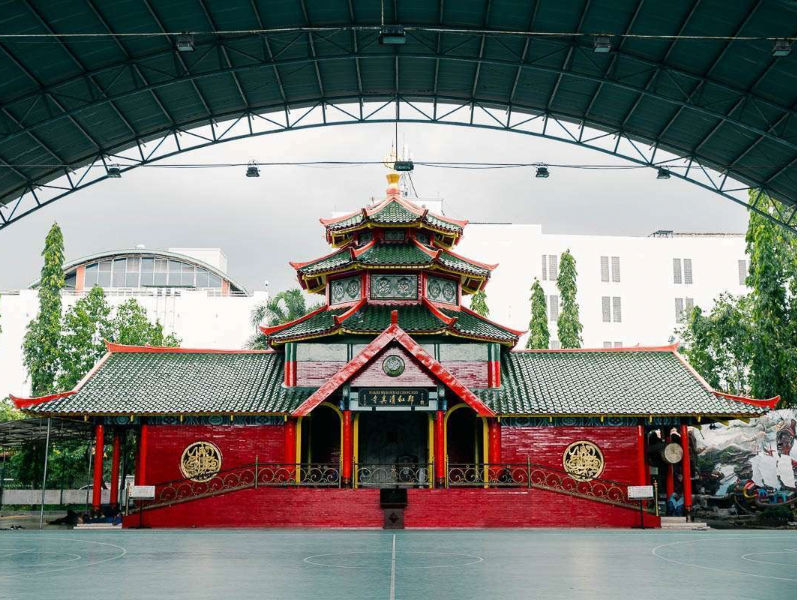
One of the most iconic features of Surabaya’s Chinatown is its religious and cultural landmarks. The Cheng Hoo Mosque, a unique blend of Chinese and Islamic architecture, reflects the harmonious coexistence of different cultures in the area. Meanwhile, ancient Chinese temples such as Hok An Kiong Temple, dating back to the 19th century, serve as places of worship and community gatherings. These landmarks are not only spiritual centers but also popular tourist attractions that showcase the rich heritage of Chinatown.
Influence on Surabaya's Culinary Scene
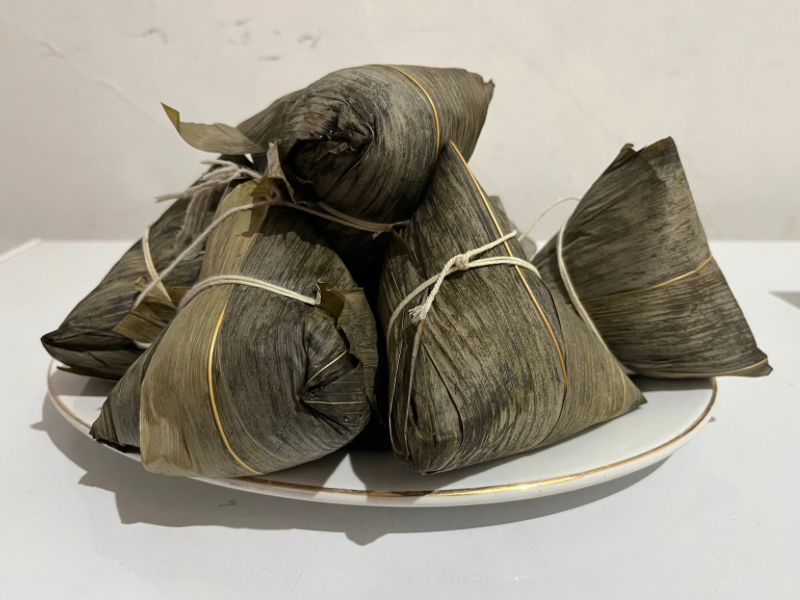
Chinatown has played a significant role in shaping Surabaya’s culinary identity. The district is famous for its street food, for example like Kya-Kya that become a street foods night market, offering traditional Chinese dishes with a local twist. Visitors can enjoy delicacies such as bakcang (sticky rice dumplings), pork satay, and kway teow (stir-fried noodles). The area is also home to many classic Chinese restaurants and kopitiams (coffee shops), where diners can experience the rich flavors of Chinese Indonesian cuisine.
The Blend of Cultures in Chinatown
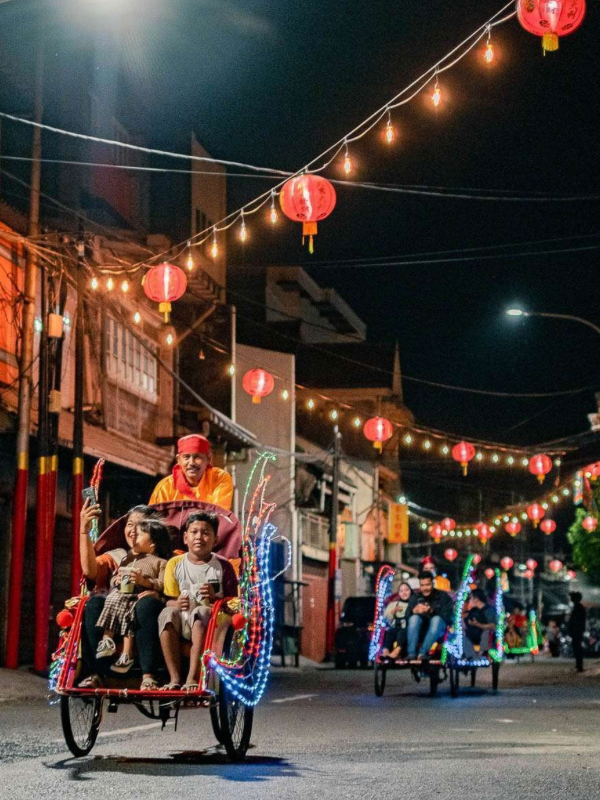
Chinatown in Surabaya is not only a hub for Chinese culture but also a melting pot of traditions. Over the centuries, the community has interacted with Javanese, Arab, and Dutch influences, resulting in a unique cultural blend. This is evident in the architecture, cuisine, and festivals celebrated in the area. For instance, during Chinese New Year, Chinatown comes alive with lion dances, fireworks, and red decorations, attracting visitors from across the city.
Modern-Day Chinatown
Today, Chinatown remains an integral part of Surabaya’s identity. While it retains much of its historical charm, the area has also adapted to modern times. New businesses have emerged alongside traditional ones, and the district is now a popular destination for both locals and tourists. Efforts to preserve Chinatown’s heritage have also been made, with restoration projects and cultural events that celebrate its rich history.



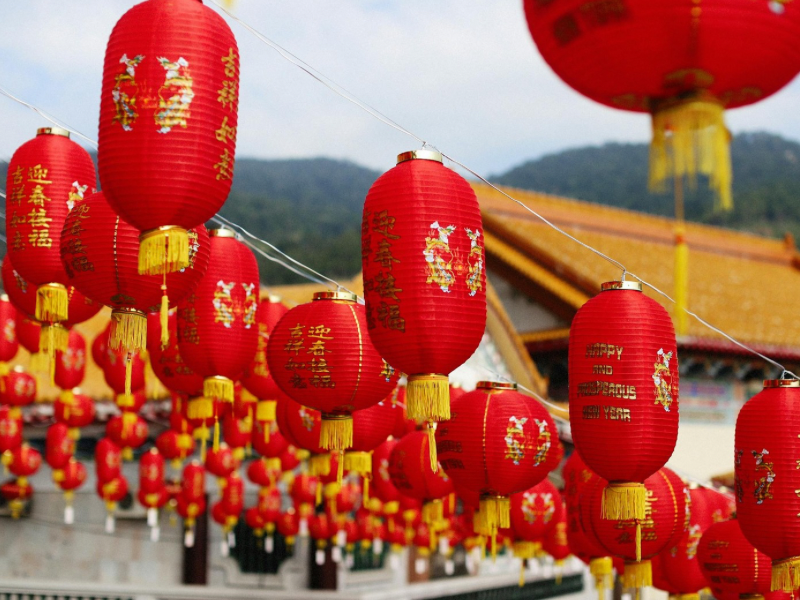
 Alicia Putri
Alicia Putri
 Dec 16, 2025
Dec 16, 2025